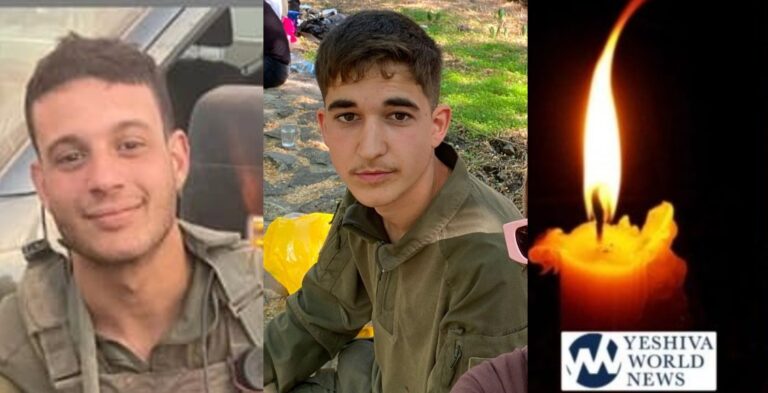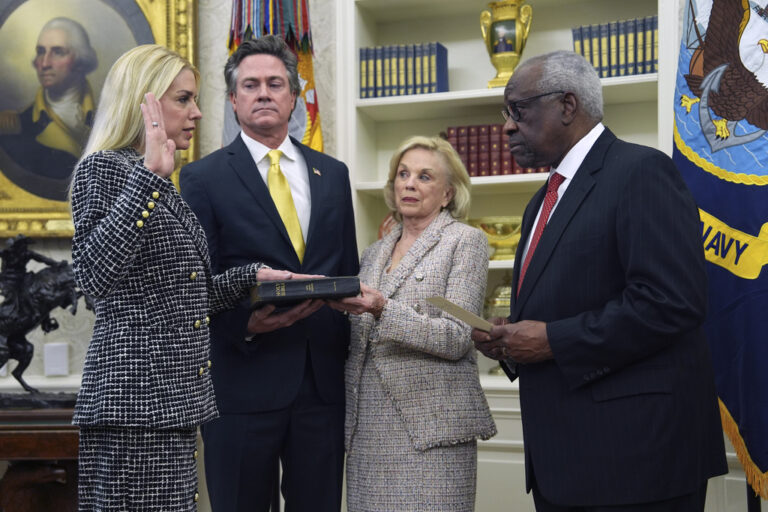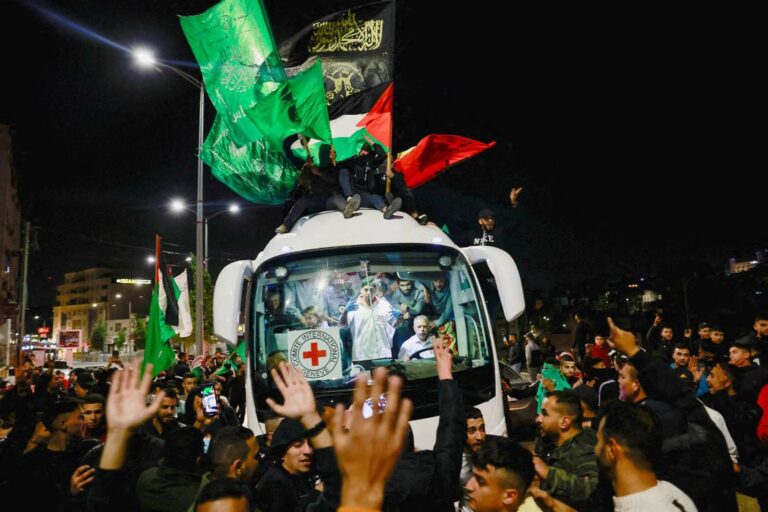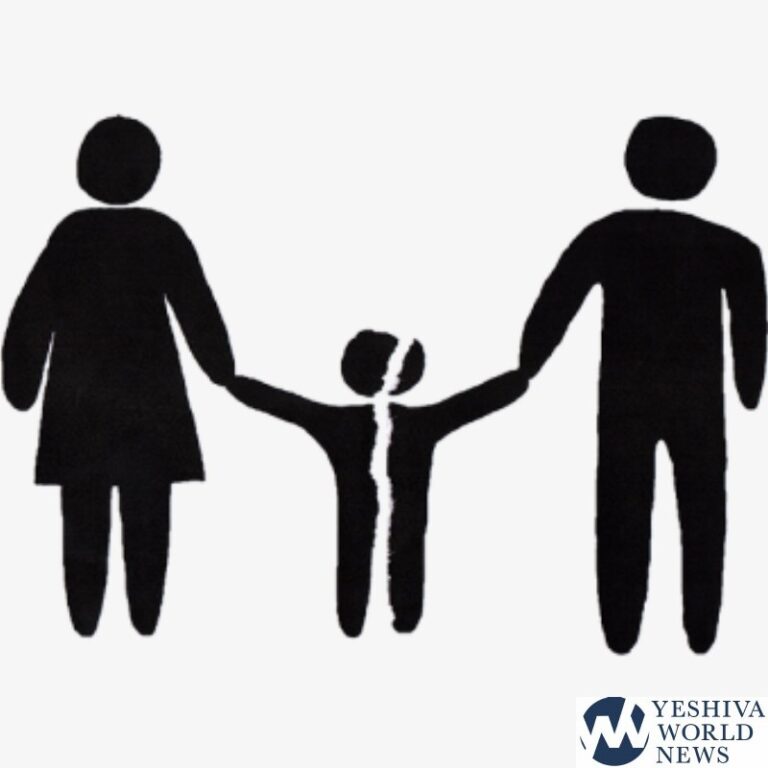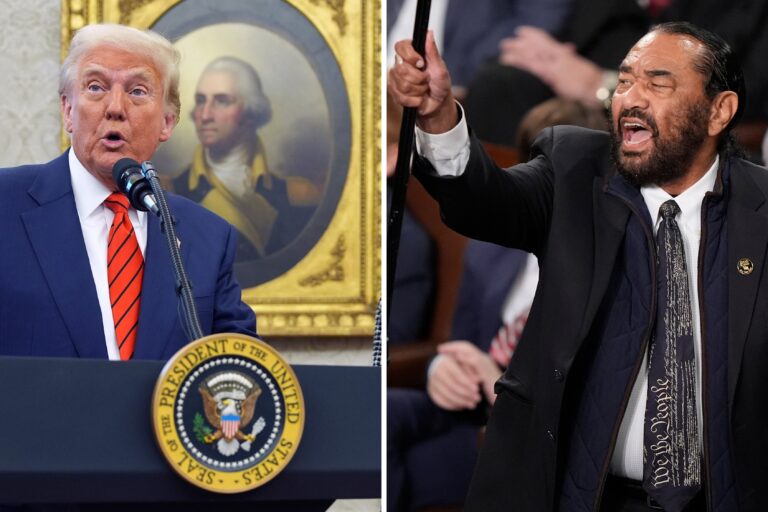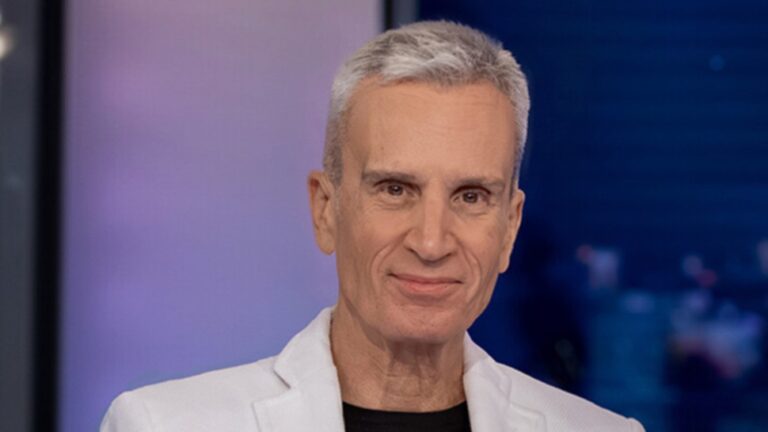
The delay in this report is the result of power outages, interruptions in electricity that began for many on Thursday, 9 Teves 5774. Outages were relatives few at that time but by the time candle lighting time arrived on Shabbos, large areas of Jerusalem were without power, including but not limited to portions of Har Nof, Givat Shaul, Rechavia, and Bayit Vegan. In many cities, such as in the Kiryat Malachi and Yad Binyamin area, it was not an issue of snow but major flooding. This too resulted in power outages for many over Shabbos. Many if not most yishuvim in affected areas of Yehuda and Shomron had partial or total power outages, some for days.
Today, Sunday 12 Teves the nations is working hard to dig out of the storm. Perhaps when life returns to normal and the state comptroller evaluates the preparedness and performance of various agencies he will cite the lack of credibility of announcements by Egged, the Jerusalem light rail and Israel Police. While the unprecedented snow storm that crippled the capital is not the fault of anyone, and one cannot expect a city to invest huge sums of money to prepare for a meteorological anomaly, one has the right to expect official announcements to be based in fact and not speculation. Police announced countless times on erev Shabbos that the Jerusalem-Tel Aviv Highway (Route 1) and the Modi’in- Jerusalem Highway (Route 443) would be open “any time soon”, “very soon” and in “shortly” this never occurred. The same holds true with the city’s light rail, which brazenly announced despite the storm, train service would not be interrupted as they will keep the tracks clear of snow and thereby, be the only public transportation running in the capital. Truth be said, Egged managed to keep a bus or two running longer than CityPass did with the light rail.
Transportation & Roadway Closures
Today, Sunday morning, public transportation remains down. In another false prophecy Egged and other officials announced earlier in the day that bus service would resume and Route 1 would open, but the cold temperatures resulted in a sheet of ice, making sidewalks and roadways treacherous. At about 11:00 AM an announcement was made that police were opening Route 1 for public transportation in the hope of beginning to return to regular operations.
The problem with Route 443 [and Route 1] for that matter was that literally hundreds of vehicles were stuck along the road. Construction vehicles escorted flatbed tow trucks and as they managed to clear a path cars were towed one by one. The process was extremely tedious and in the case of 443, still ongoing on motzei Shabbos. The announcement was heard over Israel Radio at about 11:00 AM Sunday that 443 was reopening.
Other road closures included;
• Route 60, the major vehicular route throughout Yehuda and Shomron
• Route 375 from Tzur Hadassah to Hussan Junction
• Route 386 from Sataf Square to Bar Giora
• Route 395 between Ben Kislone to Ramat Raziel
• Route 425 from Har Adar to Abu Gosh
• Route 446 in the Modi’in Illit area
• Route 4775 from Shar Ariel to Rechalim Junction
• Route 89 from Ein Zeitim to Gush Chalav
• Route 99 from Nachal Saar to Masada
• Route 866 from Haninah Junction to Kfar Shammai
• Route 978 from Udam to Masada
• Route 989 from Veset Junction to Masada
• Route 8900 from Biriya to Nof Kinneret
• All routes to Kibbutz Merom HaGolan
• Route 90 from the hotels to the Dead Sea and Ein Gedi
• Route 234 from Tzeilim Bridge in both directions
• Route 241 from Orim Junction to Maon Junction
• Route 3411 from Zikim Junction to Zikim Coast
• Route 10 is closed its entire length
EMS and Emergency Services
Perhaps it is human nature or just an ‘Israeli thing’ but as the white flakes accumulated the new was busy interviewing politicians and the experts to determine where to point the blame. In the joint press conference headed by Prime Minister Binyamin Netanyahu and Jerusalem Mayor Nir Barkat, attended by representatives of all agencies involved, the prime minister made no apologies. Mr. Netanyahu cited that areas had over a meter (39 inches) of snow and many cities and states in North America, which are accustomed to blizzards, remain without electricity for days and longer so Israel is doing just fine. The prime minister praised the mayor and state agencies for their rapid response. The prime minister announced that Homefront Defense Minister Gilad Erdan was assuming command and coordinating all agencies.
Whatever the final determination will be, one must praise Israel’s emergency medical and other volunteer response agencies. Magen David Adom, Ichud Hatzalah, ZAKA, Yad Sarah, and others were out in force. Volunteers continued until their bodies no longer responded to their brain’s command to function. Working tirelessly, they tried to defy the mounting snow to reach the medical emergencies and the elderly and infirmed, many without electricity.
On Shabbos IDF APCs (armored personnel carriers) were transported EMTS to calls and the halftrack vehicles were used to extricate stranded motorists and residents to safety. Dozens of IDF jeeps and heavy equipment were operating too, along with salting trucks spreading tens of tons of salt on roadways. APCs were also operating in other areas too, including Tzfas, which spent a cold and dark Shabbos too as in many homes, power went out about candle lighting time.
IDF Kicks in Big Time
IDF Chief of Staff Lt.-Gen. Benny Gantz responded to calls for assistance, sending in the badly needed troops. Jerusalem Mayor Nir Barkat called for military assistance at about 2:30 AM Friday morning, already aware the storm was exceeding all the forecasts and Jerusalem City Halls is not equipped to address the emergency alone.
Dozens of officials in the Homefront Command were assigned, to use their experience to assist Jerusalem to extricate from the storm. Eight teams were assigned to work with Israel Electric Company repair crews. Teams of soldiers met with Jerusalem social services officials and received lists of homes where the elderly reside. They visited to the homes to check in on the condition of the elderly and extricated residents whenever the situation permitted. Blankets and hot packs were delivered to homes. 36 snow plows were sent to assist along with 30 four-wheel drive vehicles, 25 buses, 16 APCs, 12 construction vehicles, 8 extrication vehicles and 6 vehicles designed for rapid digging.
31,000 hot packs were distributed by the IDF’s Planning & Logistics Branch, 1,000 mattresses, 1,000 blankets and 1,000 sleeping bags. 10,000 hot meals were given out in addition to 10,000 battle rations, 300 sandwiches, and 20,000 bottles of water. The Homefront Command also made certain to get fuel deliveries to hospitals and nursing homes. The Homefront Command also assisted in Tzfas with distributing fuel, food and other necessary materials.
Israel Police Moved to Emergency Scheduling
Israel Police Chief Yochanan Danino realized the severity of the situation and declared an emergency. Police assigned to the capital were moved to 12 hour shifts and special uniforms were distributed to keep troops warm and dry. Police used 4 X 4 vehicles to extricate those in need and to get food and supplies to stranded residents too. Some 5,000 policemen are operating on each 12 hours shift during the emergency, extricating over 2,000 people.
Israel Electric Company
Israel Electric Company officials rejected the harsh criticism directed its way, explaining if the utility would have spent hundreds of millions of shekels preparing for a major blizzard and state investigation would have been ordered to hold company decision-makers accountable. Simply stated company officials explain that a utility company cannot be expected to prepare for a snowstorm that occurs once in a century.
On Sunday morning over 20 crews were still working to restore power. Each crew is escorted by a bulldozer to clear fallen trees and debris. At the height of the storm almost 30,000 homes were without electricity with at least two-thirds of that number in Yerushalayim and the surrounding communities such as Mevasseret Tzion.
Company officials continued to release warning to the public to distance from fallen electric lines, which in many cases remains on the ground for prolonged periods of time as work crews battled bitter cold and falling snow as they fought to restore power.
Victims Were Transported to Shelters
As was reported by YWN-ISRAEL on erev Shabbos, victims were transported to shelters including the Jerusalem Convention Center. Complicating that operation was the fact the power in that building dropped too, leaving rescued motorists cold, damp and hungry.
In Telshe Stone one talmid was found unconscious or in an altered state of consciousness or unconscious. Ichud Hatzalah reports he was transported to the hospital in moderate-to-serious condition.
Flooding Took Out Many Homes
In addition to the snow accumulations, there was 150mm (5.9) inches of rain in the capital. The level of the Kinneret increased 14 centimeters (5.5 inches) since the beginning of the storm. Tel Aviv reported over 200mm of rainfall and other areas were hit harder. Sewage system collapsed under the flow of water and the Ayalon Highway in Tel Aviv was closed in part, in both directions on Friday night as officials feared Nachal Ayalon was going to flow over its banks. It did not.
Tiveria measured 90mm of rainfall, and one must remember the city usually gets 80mm in the entire month of December. Tzfas received 144mm rainfall with its December average being 136. The average December rainfall is 127mm. in Negba, the rainfall was 250% the monthly average, 280mm as compared to 110mm.
Schools throughout Yerushalayim, Gush Etzion, areas of the Shomron, parts of the Golan Heights and Tzfas remain closed on Sunday.
Baruch Hashem that today the sun is shining and temperatures are above freezing so the snow and ice are beginning to melt. The storm is far from over but the sun brings with it first signs of relief as rescue and cleanup operations continue.

















(YWN – Israel Desk, Jerusalem / Photos: Moshe Mizrachi, Chaim Brazil, Michael Cohen, Simcha Goldberg, Aaron Wahav – Chadashot 24)

